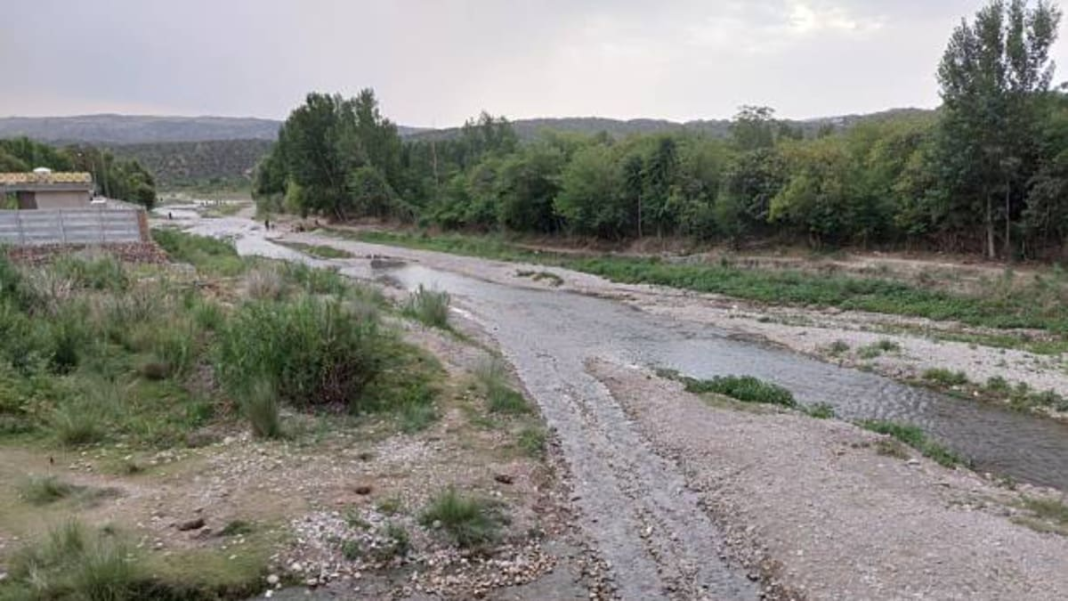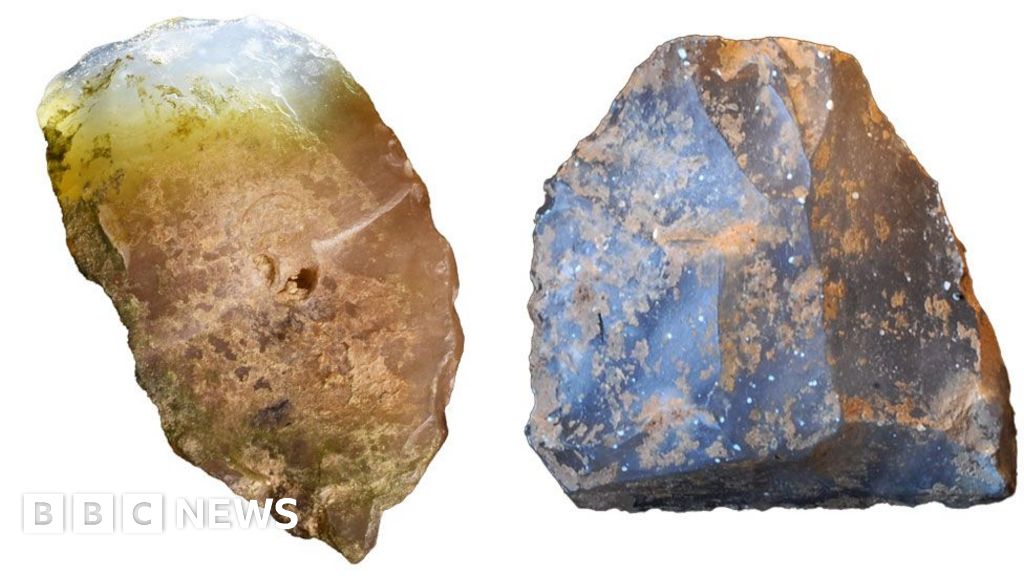According to the great epic Ramayana, it is believed that the river’s unusual appearance, that is the wide stretch of sand with a very little water, originates from an age-old story involving Rama, Lakshman and Sita during their exile years. (Image: AI-Generated)
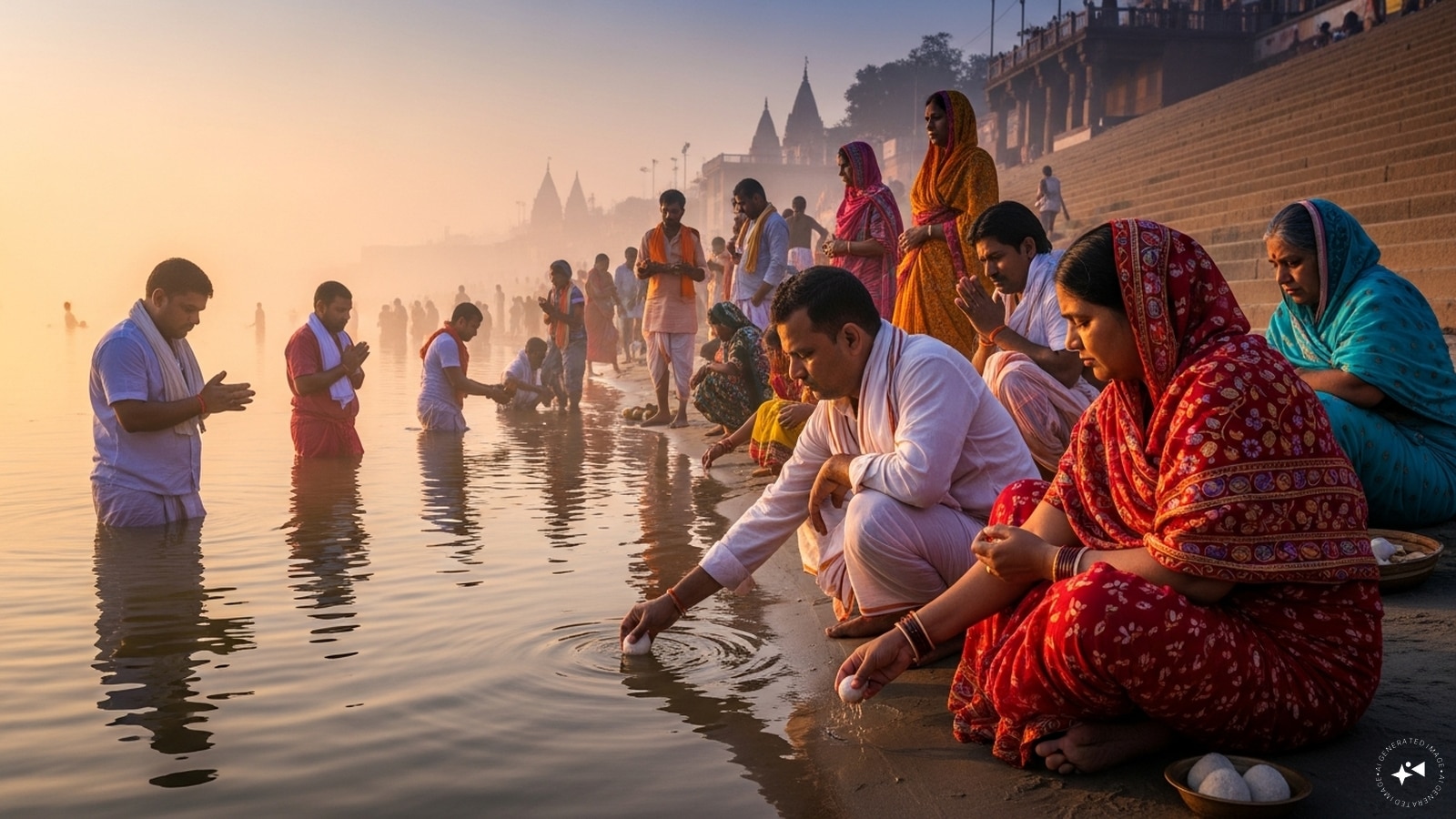
When father of Rama, King Dasharatha died, and Rama, Lakshman, and Sita went to Gaya to perform the holy rituals of pind daan, a ritual that soothes the souls of the ancestors, the offerings had to be obtained from the Falgu River, a river believed to be sacred. (Image: AI-Generated)

Following the custom, Rama and Lakshman left to prepare for the ceremony, while Sita sat at the bank of the river. During this time, Dasharatha, through the sand, asked Sita for a pind daan. (Image: AI-Generated)

Since both her husband and brother-in-law were away and she did not have the rituals materials with her, Sita used the sand of Falgu River, making pindas out of it to do the ceremony, invoking the Falgu River itself, a cow, the tulsi plant, a Brahmin, and a Banyan tree as witnesses. (Image: AI-Generated)

When Rama and Lakshman returned, they doubted her account and asked the witnesses to confirm the ritual. The Banyan tree denied that Sita’s act was witnessed. The Banyan tree alone upheld the truth. (Image: AI-Generated)
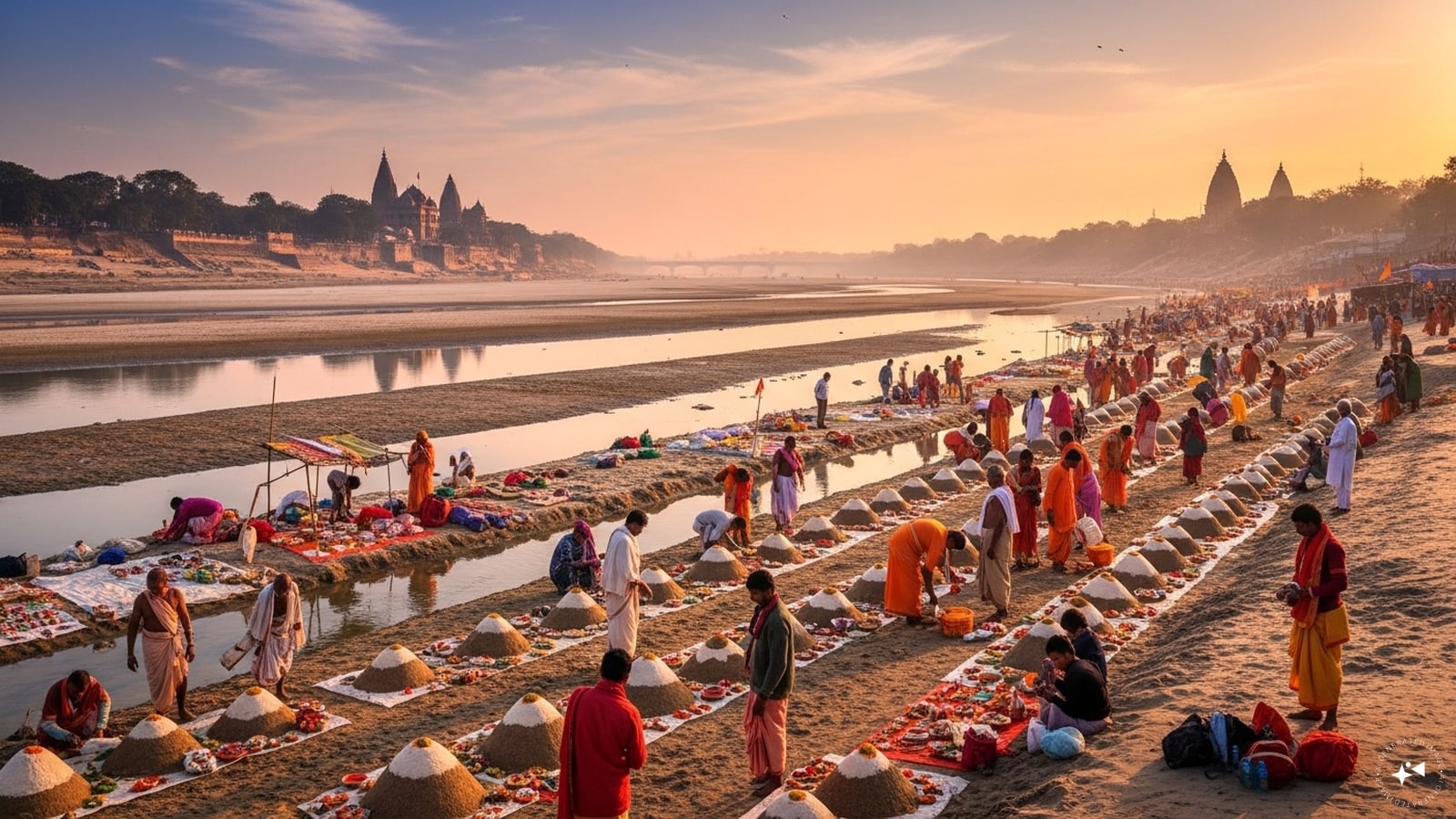
This disappointed Sita, who then spoke a standing curse that the Falgu river would forever lose its visible water flow and remain covered by sand except during monsoon, and flow underneath the sand bed. (Image: AI-Generated)

She also issued a curse or blessing: the mouth of the cow would never be considered pure, the Tulsi plant would wither off quickly and never be used in worship of Lord Shiva, Brahmins would never be satisfied with offerings, and she blessed the Banyan tree with immortality and spiritual merit for performing rituals beneath its shade. (Image: AI-Generated)
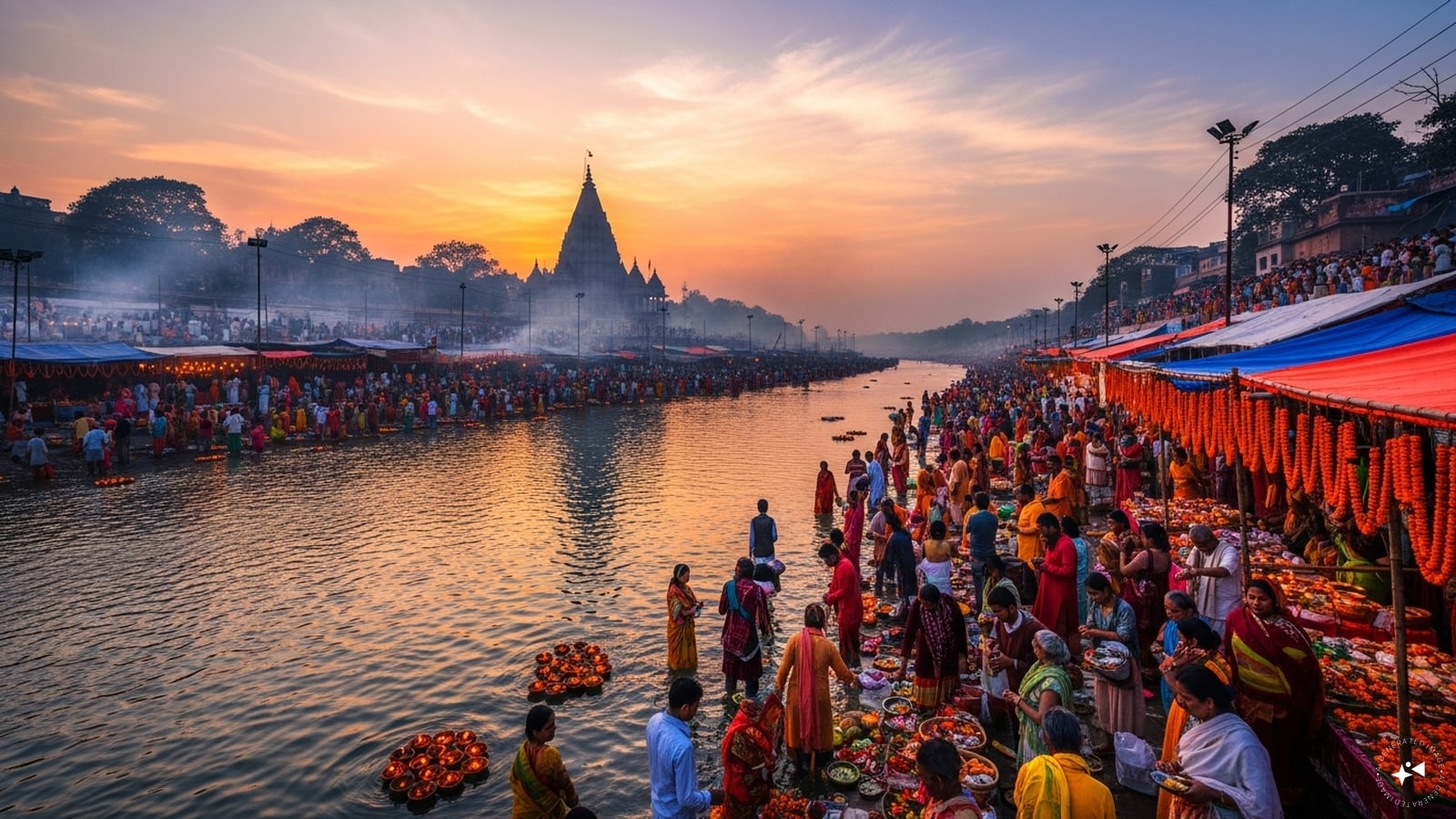
Beyond mythological tales, the Falgu River stands out for its unusual natural formation. The river appears as a vast stretch of sand and only comes to life during the monsoon, swelling into a true river. The rest of the year, its water flow hidden beneath the sand, a living reminder of Maa Sita’s curse. (Image: AI-Generated)
